
Living in sunny St. Petersburg, Florida, it's easy to get lulled into a sense of weather security. With our stunning beaches and seemingly endless sunshine, the last thing on many residents' minds is the potential for sudden, severe flooding.
Unexpected floods can cause significant disruption and damage, leaving homeowners feeling overwhelmed and unsure of their next steps. This article is here to help you navigate those critical first hours and days after a flood.
By preparing yourself with the knowledge and resources shared in this guide, you can take immediate, effective action to protect your home and get your life back on track as quickly as possible. Let's discuss some top tips for fast flood recovery in St. Petersburg.
Immediate Actions After a Flood
Safety First
The first and most crucial step after fast flood recovery is ensuring your safety and the safety of your loved ones. Floodwaters can be extremely hazardous, containing debris, chemicals, and contaminants. Avoid wading through water if possible. If you must enter flooded areas, wear protective clothing and footwear. Additionally, turn off the electricity in your home to prevent the risk of electrocution, especially if water has entered your living spaces.
Assess the Damage
Once it is safe to do so, conduct a thorough inspection of your property to assess the extent of the damage. This initial evaluation is critical for both your recovery efforts and for insurance purposes. Document all visible damage by taking photos and videos. This visual evidence will be invaluable when filing an insurance claim.
Contact Your Insurance Company
After assessing the damage, the next step is to contact your insurance company as soon as possible. Promptly notifying your insurer can expedite the claims process, allowing you to start flood damage repairs and recovery faster. Provide them with documented evidence of the damage and any other relevant information they may require. Keep a record of all communications with your insurance company, including dates, times, and the names of representatives you speak with. This documentation can help resolve any disputes that may arise during the claims process.

Minimizing Damage
Water Extraction
Once the immediate safety concerns are addressed, the next priority is to remove standing water from your home as quickly as possible. Standing water can cause further damage to your property and increase the risk of mold growth. Act swiftly, as water damage can escalate rapidly, affecting structural integrity and personal belongings.
Drying and Dehumidification
After removing the standing water, it's crucial to thoroughly dry out your home to prevent additional damage. Begin by opening windows and doors to increase ventilation and promote airflow. Use fans and dehumidifiers to help speed up the drying process. Aim to keep indoor humidity levels low to inhibit mold and mildew growth. In severe cases, you may need to use specialized equipment, such as industrial-sized dehumidifiers and air movers.
Salvaging Personal Items
As you work on drying out your home, focus on salvaging personal items that may have been affected by the flood. Begin by prioritizing items based on their sentimental and monetary value. Remove wet items from the property, such as furniture, electronics, and personal keepsakes. Clean and dry these items as soon as possible to prevent further damage.
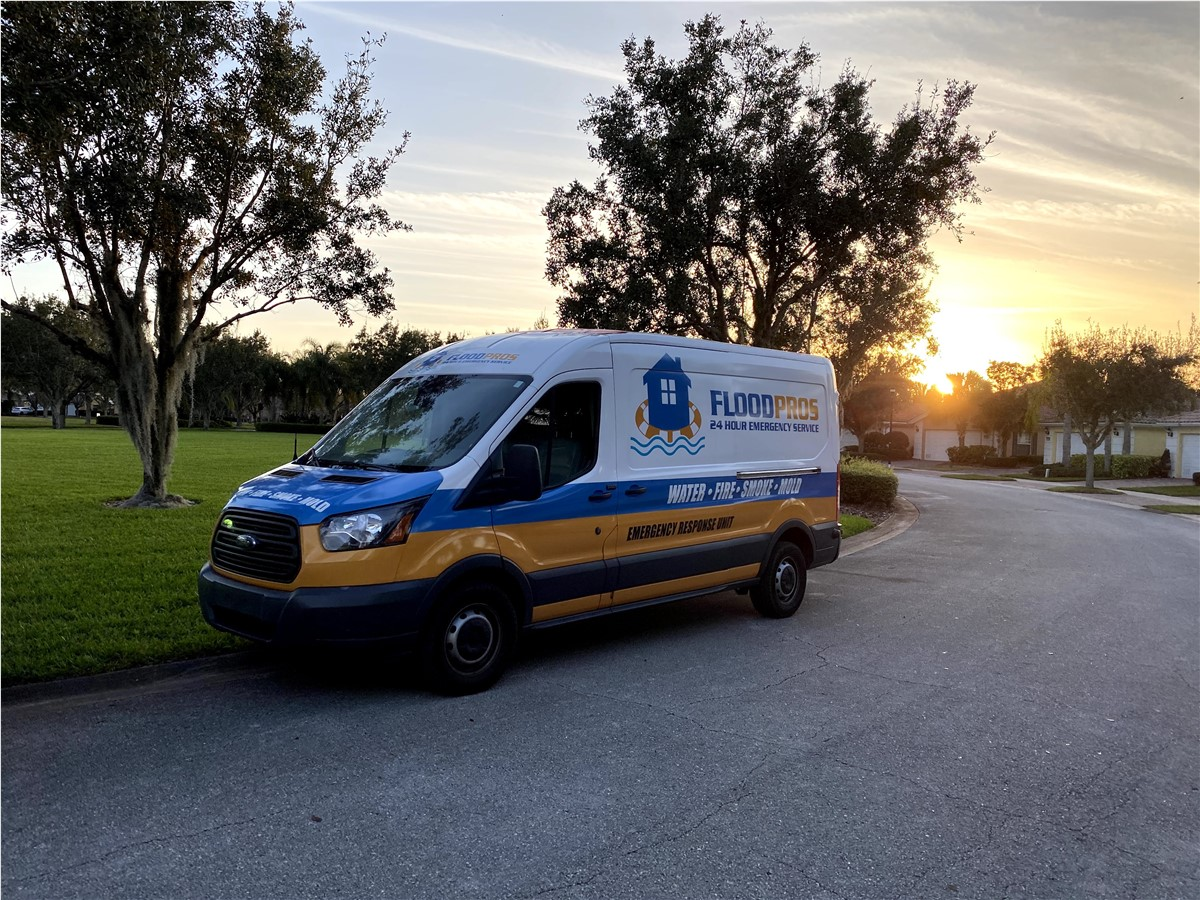
Finding a Trusted Restoration Company
What to Look For in a Restoration Company
Choosing the right restoration company is crucial for a fast and effective recovery from flood damage. When selecting a company, look for key qualities such as certification, experience, and reputation. Certifications from recognized organizations, like the Institute of Inspection, Cleaning and Restoration Certification (IICRC), indicate that the company adheres to industry standards. Additionally, check online reviews and ask for references to gauge the company’s reputation and reliability.
Questions to Ask Potential Companies
Start by inquiring about their certifications and training to ensure they are qualified to handle flood damage. Ask about their response time and availability, as a swift response is critical to minimizing damage. Discuss the timeline for completing the work and any guarantees they offer. Finally, request a detailed estimate for flood restoration, including a breakdown of costs, to avoid any surprises. Clear and transparent communication is a good indicator of a trustworthy company.
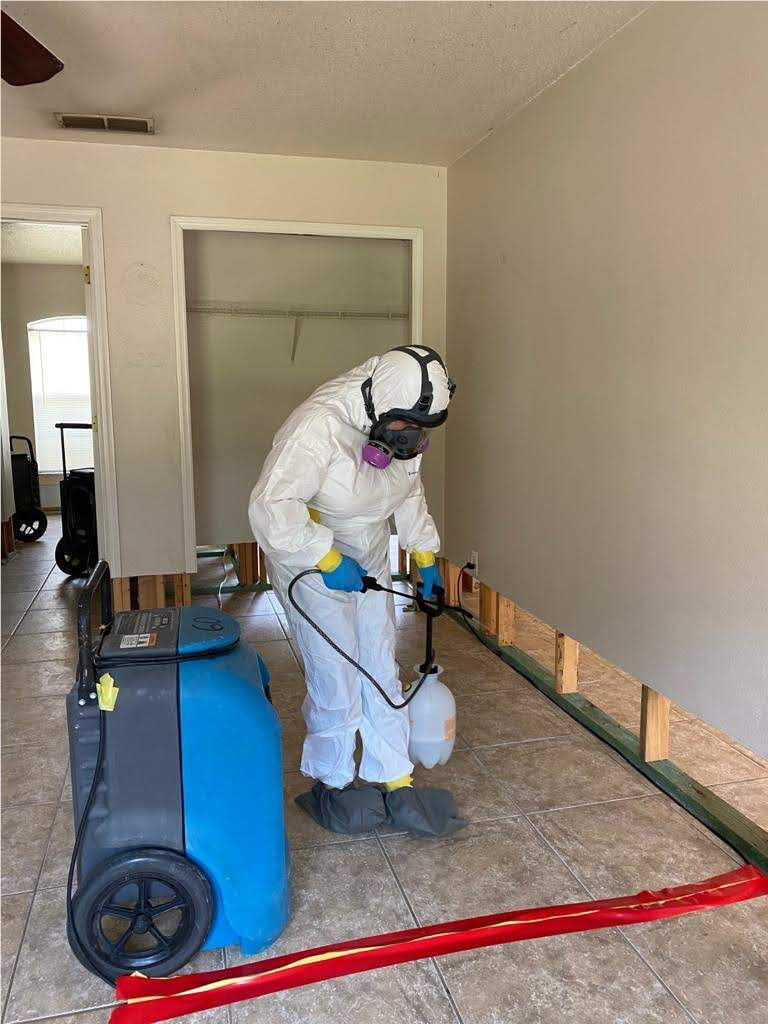
Preparing for Future Floods
Investing in Flood Insurance
One of the most crucial steps in preparing for future floods is investing in comprehensive flood insurance. Standard homeowners' insurance policies typically do not cover flood damage, so it’s essential to obtain a separate policy through the National Flood Insurance Program (NFIP) or a private insurer.
Home Modifications and Preventative Measures
Start with simple measures like installing sump pumps and backflow valves to prevent water from backing up into your home. Elevating appliances and utilities above potential flood levels can also minimize damage. For more extensive protection, consider landscaping changes to direct water away from your foundation or even elevate your home if you are in a high-risk area.
Creating an Emergency Plan
Start by identifying the safest evacuation routes and establishing a meeting point in case family members get separated. Assemble an emergency kit that includes essentials like water, non-perishable food, medications, important documents, and first aid supplies. Ensure that everyone in your household knows where the emergency kit is stored and understands the evacuation plan. Regularly review and practice your plan, updating it as necessary to account for any changes in your household or the environment.
Don’t let flood damage disrupt your life any longer! Contact Flood Pros USA for fast and reliable flood restoration in St. Petersburg. Our experienced team offers same-day restoration services to help you minimize damage and get back to normal quickly.
Reach out to us today for a free flood damage repair consultation.
Tags
Subscribe to Flood Pros USA's Blog


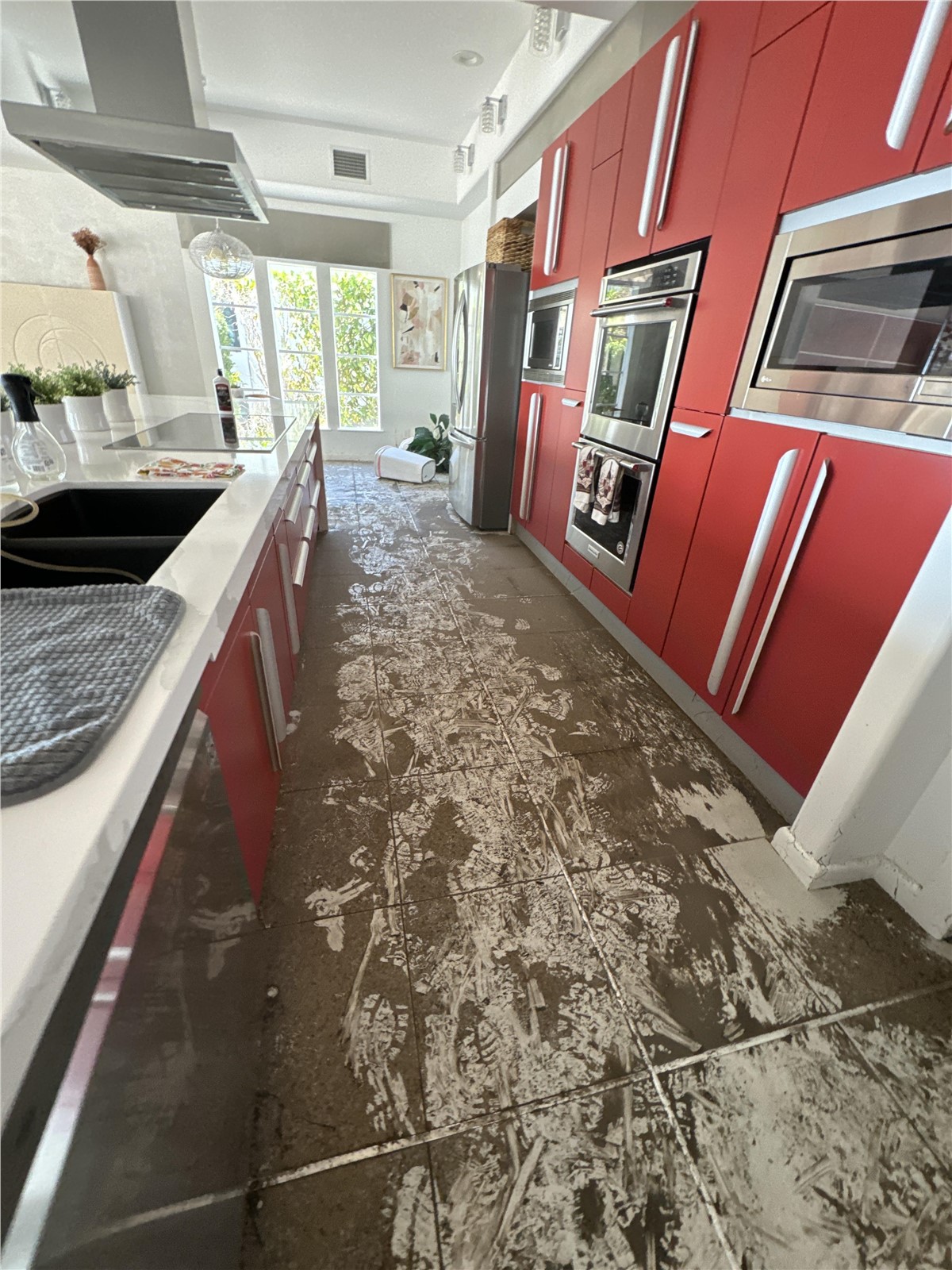
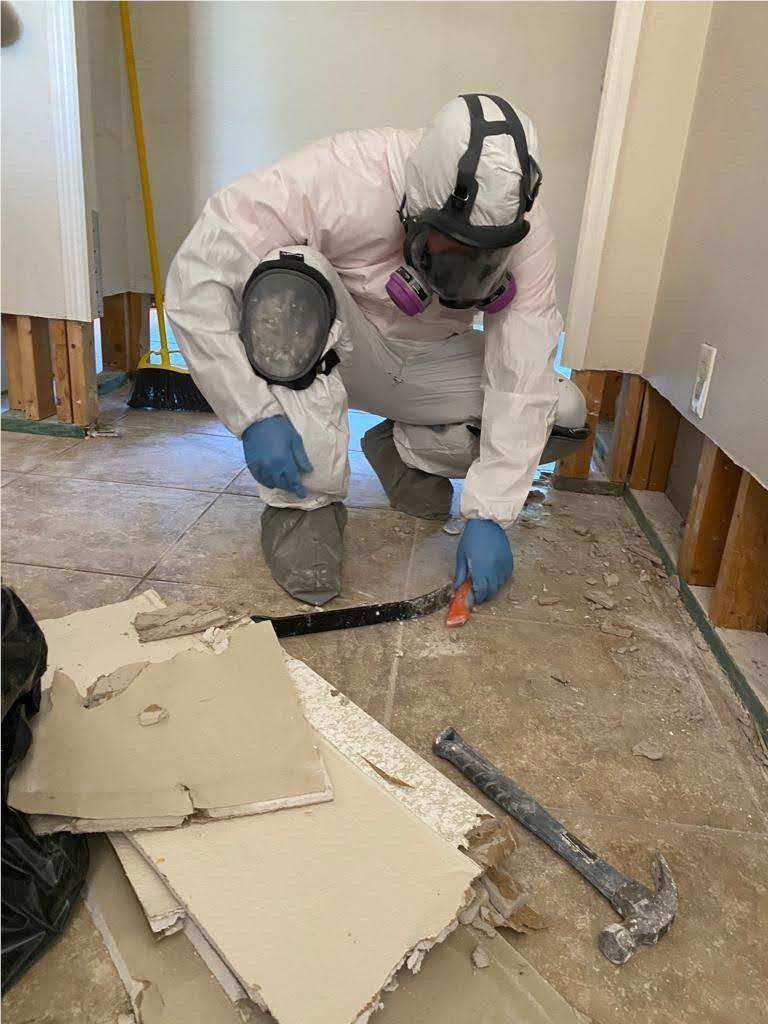

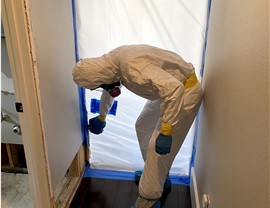

Comments